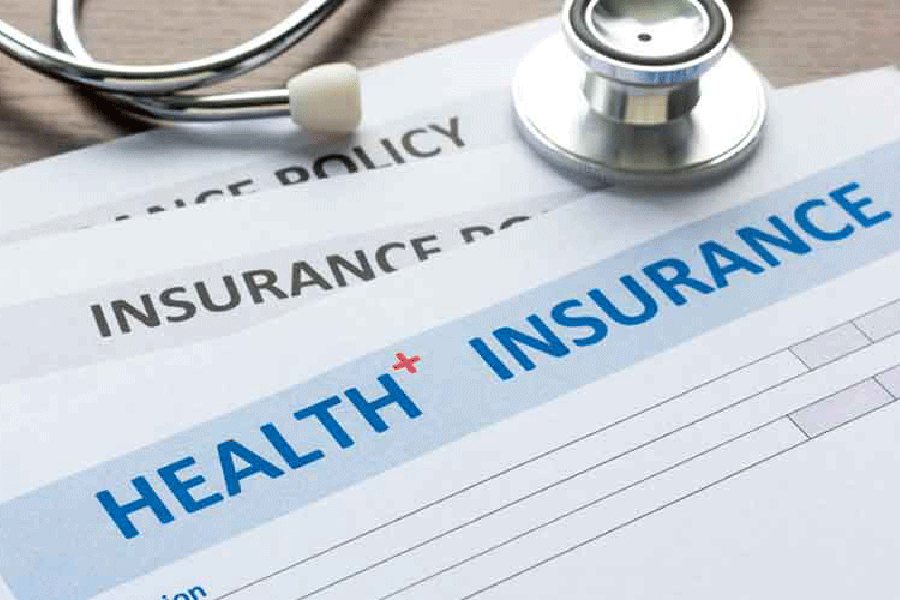The out-of-pocket expenditure (OOPE) for healthcare by households in India has decreased over the past decade but accounted for nearly half the country’s total health expenditure (THE) in 2019-20, the Economic Survey 2023-24 released on Monday has said.
The Survey, citing the latest available national health accounts statistics, said the proportion of OOPE as a percentage of THE had decreased to 47.1 per cent in 2019-2020 from 64.2 per cent in 2013-14. The government health expenditure during the same period increased from 28.6 per cent to 41.4 per cent of THE.
This reduction in the OOPE has resulted from rising health-related social security expenditure incurred on government-financed health insurance schemes, among other initiatives, according to the Survey.
The Survey said the health ministry had estimated that the Pradhan Mantri Jan Aarogya Yojana (PMJAY), which provides poor and vulnerable households hospitalisation cover up to ₹5 lakh per year, was among schemes that have helped lower the OOPE.
Since its launch in September 2018, the PMJAY has paid for more than 73 million hospital admissions. The scheme has through its free treatment services contributed to saving over ₹1.25 lakh crore of OOPE for poor and deprived families, the survey said.
The survey, citing the latest available national health accounts statistics, has also said the share of primary healthcare expenditure has increased from 51 per cent of the government’s health expenditure in 2014-15 to 56 per cent in 2019-20. It said the share of primary and secondary care in private health expenditure has declined from 83 per cent to 74 per cent during the same period, a dip attributed to the rising burden of health disorders needing tertiary hospital care and use of government facilities for primary healthcare.
Data from the 2017-18 National Sample Survey had suggested that 49 per cent of households that sought hospital treatment had experienced large or catastrophic health expenditure and 15 per cent of the households fell below the poverty line due to the OOPE.










